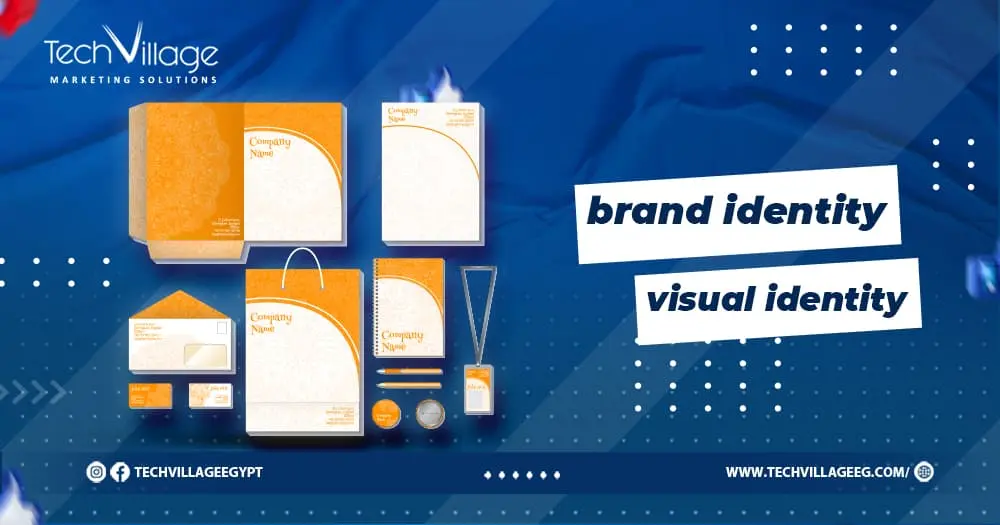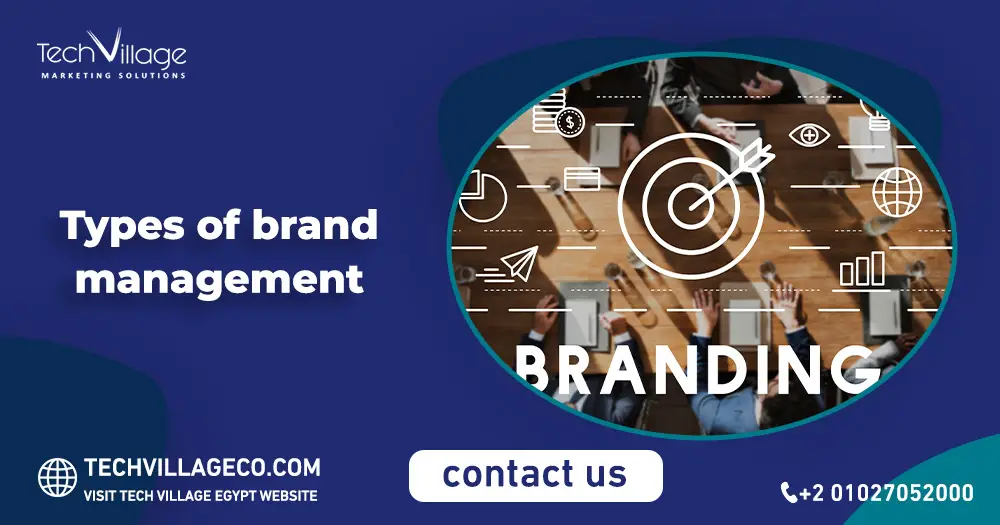brand identity visual identity are fundamental components of a successful branding strategy. Brand identity encompasses the core elements that define a business, including its mission, values, and unique value proposition. It is the essence of what the brand stands for and how it seeks to be perceived by its audience.
Contrarily, visual identity is the way the brand identity is expressed in concrete form. It includes the logo, color palette, typography, and other design elements that create a cohesive and recognizable image for the brand. So in the following lines we will discuss brand identity visual identity.
Table of Contents
ToggleWhat Is Brand Identity?
In addition to brand identity visual identity. A brand identity is a set of visual elements. These elements are expressed through various means, such as the company’s name, logo, visual design, messaging, and communication style. Essentially, brand identity is the company’s outward expression of its internal values and objectives, aimed at shaping how it is perceived by customers, stakeholders, and the public.
Read also: How To Make Your Brand.
Brand identity visual identity
brand identity visual identity are two closely related concepts within the realm of branding, each serving distinct but interconnected purposes.
1. Brand identity:
This encompasses the overarching essence and personality of a brand. It includes elements such as the brand’s mission, values, voice, personality, and positioning in the market. Brand identity defines how a brand wants to be perceived by its audience and shapes the emotional connection that consumers have with the brand.
2. Visual identity:
The visual components that symbolize the brand are explicitly referred to as the visual identity. This includes the brand’s logo, color palette, typography, imagery, and overall design style. Visual identity plays a critical role in reinforcing the brand’s personality and values, as well as creating consistency and recognition across various touchpoints.
Get to know: Incorporation Of Company Branding And Seo.
What are the 4 elements of brand identity?
The four key elements of brand identity visual identity are:
- Brand Name: The term used to refer to a brand. It should be memorable, distinctive, and reflective of the brand’s values and positioning in the market.
- Logo: A visual representation of the brand, typically consisting of a symbol, icon, or wordmark (text-based logo), or a combination of these elements. The logo serves as a visual identifier that helps consumers recognize and recall the brand.
- Color Palette: A set of colors chosen to represent the brand. Colors evoke emotions and associations, so selecting the right color palette is essential for conveying the brand’s personality and creating visual consistency across all brand materials.
- Typography: The selection of fonts and typography styles used in brand communications. Typography contributes to the brand’s visual identity by conveying its tone and personality. Consistent typography helps reinforce brand recognition and readability.
Get to know: Company Profile Design Services.
Why do brands need a visual identity?
According to tech village, Brands need a visual identity for several reasons:
- Brand Recognition: A consistent brand identity visual identity helps consumers easily recognize and remember the brand amidst a crowded marketplace. This recognition is crucial for building brand awareness and attracting new customers.
- Differentiation: A unique visual identity sets the brand apart from competitors and helps it stand out in the market. By establishing a distinctive look and feel, the brand can carve out its own niche and position itself effectively.
- Communication: Visual elements such as logos, colors, and typography communicate the brand’s personality, values, and positioning to consumers. They serve as visual cues that convey important information about the brand’s identity and offerings.
- Consistency: Maintaining a consistent visual identity across all brand touchpoints, including packaging, advertising, and digital platforms, helps reinforce brand recognition and build trust with consumers.
- Emotional Connection: A well-crafted brand identity visual identity can evoke emotions and create a connection with consumers on a deeper level. By appealing to their senses and aspirations, brands can forge stronger relationships with their audience.
- Professionalism: A cohesive and professional visual identity signals to consumers that the brand is credible, trustworthy, and serious about its products or services. It enhances the brand’s reputation and instills confidence in its offerings.
Read also: Brand Identity Vs Brand Strategy.
What to include in brand visual identity?
The brand identity visual identity typically includes the following key elements:
- Color Palette: A set of colors chosen to represent the brand. The color palette should be carefully selected to evoke the desired emotions and associations and should be used consistently across all brand materials.
- Typography: The typographic styles and font choices utilized in brand marketing. Typography helps convey the brand’s tone and personality and should be chosen to align with the overall brand identity.
- Imagery and Photography Style: The types of images and photography styles used to visually represent the brand. This can include the use of specific imagery, such as illustrations, photography, or graphics, as well as the overall style and aesthetic.
- Graphic Elements: Additional design elements, such as patterns, shapes, or icons, that contribute to the brand’s visual identity and help create a cohesive and distinctive look.
- Visual Guidelines: A set of guidelines or brand standards that outline how the visual elements should be used and applied across different brand materials and platforms. This ensures consistency and helps maintain the integrity of the brand identity.
Conclusion
In conclusion, brand identity visual identity are integral components of a comprehensive branding strategy. While brand identity defines the essence of a business and its values, visual identity serves as the tangible representation of these concepts through design elements such as logos, colors, and typography.
brand identity visual identity creates a cohesive and memorable image for the brand, helping to establish recognition, build trust, and differentiate the brand from competitors. By aligning brand identity visual identity, businesses can effectively communicate their message to consumers and foster long-term relationships that drive success in the marketplace.
FAQ
What is a visual identity?
Visual identity refers to the visual elements that represent a brand and contribute to its recognition and differentiation in the marketplace. These elements include the brand's logo, color palette, typography, imagery, and other design elements used consistently across various communication channels. A visual identity is designed to evoke specific emotions and associations, reinforcing the brand's values, personality, and positioning.
What is a visual brand identity?
A visual brand identity encompasses all the visual elements that represent a brand, including its logo, color palette, typography, imagery, and design style. It is the visual expression of the brand's identity, values, personality, and positioning in the market. A well-defined visual brand identity ensures consistency across all brand communications and touchpoints, creating a cohesive and memorable brand image for consumers.

 AR
AR




